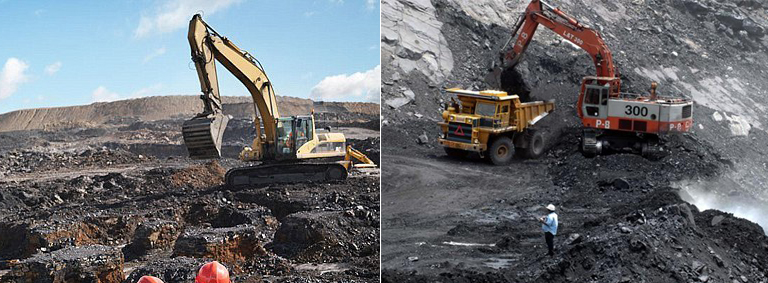The National Mineral Policy 2019 (NMP) comes at a very pertinent time, when the mining sector is undergoing a paradigm shift. We are about to witness the expiry of leases of non-captive mines on March 31, 2020, which includes 46 working mines. The policy is aimed at bringing about more effective regulation to the sector as well as a more sustainable approach while addressing the issues of those impacted by mining.
The mining sector’s contribution to the country’s gross domestic product (GDP) has been declining in recent years, despite growth in production and value accretion. From 1.93 per cent in 2012-13, the mining sector’s share of GDP (excluding petroleum & natural gas) fell to 1.53 per cent in 2017-18. The mining sector remains heavily taxed and India is not a very favourable destination of investors in mining. The New National Mineral Policy has taken a few steps to address these issues. The policy proposes to grant status of ‘industry’ to mining activity to boost financing of mining. It also makes efforts to harmonise taxes, levies and royalty with global benchmarks.
The new policy has laid a lot of emphasis on sustainable development in the mining sector and emphasises taking environmental, economic and social considerations in the decision-making process. A Sustainable Development Framework was launched by the Ministry of Mines and it provides guidance for mining companies to improve performance on economic, environmental and social aspects. The National Mineral Policy 2019 has charted the path for miners to leave the mining area in an ecological shape which is as good as it was before the commencement of mining and with least impact on flora and fauna of the area.
The exploration sector requires a great amount of attention. India is a known repository of a wide range of minerals, ranging from metallic to precious and the vastly untapped beach-sand resources. But the country, despite its abundant mineral wealth, has not been able to move away from the league of nations with least-explored resources. Some efforts were made by the Ministry of Mines with the release of the New Mineral Exploration and Licensing Policy (NMEP) 2016. However, a lot more needs to be done to attract investors. The Mineral Policy 2019 has emphasised on state-of-art-technology and incentivising the private sector. The right of first refusal has been brought in for safeguarding the investment of the explorers. We may have to have different strategies for different types of minerals.
The new NMP has also addressed the long-awaited question on “If mining destroys the environment, the minerals are sold and the mineral stock depleted, what is there for future generations?”. It says that the State is a trustee on behalf of the people and must ensure that future generations receive the benefit of inheritance of minerals. We believe that the State will also take into consideration that, while allotting mineral resources, it must ensure that scientific mining is carried out and the mineral does not remain locked owing to the boundaries of the lease holders. Size of the lease is important for sustainable mining and large-sized areas are suitable for high capex for beneficiation, conducive for concurrent reclamation.
This policy not only talks about the disruption which may happen due to expiry of non-captive mining leases in 2020 and captive mining leases expiring in 2030, but it also ensures that the Central Government will put in efforts to provide uninterrupted supply of minerals to downstream industries. Looking at the infrastructure requirements of the country, this Policy has given a lot of importance to value addition. It mentions that value addition will be encouraged by providing fiscal/non-fiscal incentives. It has been highlighted that improving the mining infrastructure will ensure that the economic viability of industry producing and using the mineral.
With this policy, the Central Government has given a very strong message for promoting value-added industries through captive mining. This will decrease the Risk of Capital associated with industries which were dependent on buying the mineral. A boom in investment will also create new job opportunities. For the very first time, a target has been assigned in the New Mineral Policy to increase production by 200 per cent in seven years. The policy also aims to reduce the trade deficit by 50 per cent in as many years. However, for this to happen, the Ministry must ensure that the policy is incorporated into the Mines and Mineral (Development and Regulation) Act and rules made thereunder at the earliest.
(The author is Co-Chair, FICCI Mining Committee and Chief Regulatory Affairs, Tata Steel Limited)





